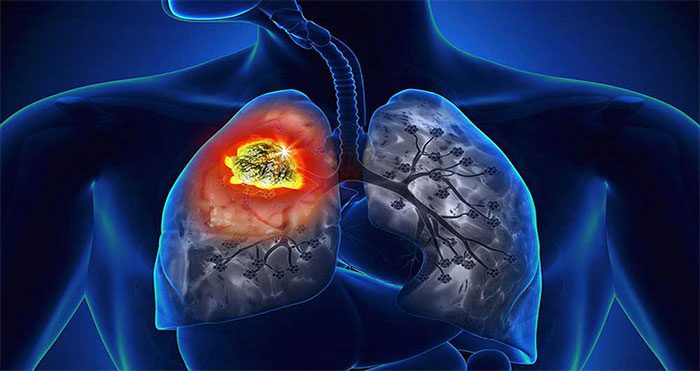Silicosis is an irreversible lung disease characterized by lung fibrosis, currently with no specific treatment available. Patients typically succumb to the disease at the age of 45-50.
Essential Information about Silicosis
This information is recommended by the Ministry of Health for the community.
Overview of Silicosis
Silicosis is a lung condition caused by inhaling silica dust in the workplace. The disease is characterized by fibrosis and the development of nodules in both lungs, leading to breathing difficulties. Radiographic images of the lungs typically show distinctive lesions.
Silicosis accounts for the highest percentage among the 28 occupational diseases covered by insurance in our country. By the end of 2011, the total number of occupational disease cases in Vietnam was 27,246, with silicosis constituting over 74% of these cases.

Silicosis is a lung condition caused by inhaling silica dust.
Symptoms of Silicosis
- Dyspnea on exertion is a fundamental and specific symptom of the disease due to lung fibrosis or emphysema.
- Coughing and sputum production: Initially infrequent and mild; later, coughing and sputum production become frequent and prolonged, indicating chronic bronchitis.
- Chest pain is a common sign, typically occurring in the lower lung regions.
- Hemoptysis, black sputum: Hemoptysis often occurs in cases associated with pulmonary tuberculosis, while black sputum is seen in workers from the coal industry.
Progression of Silicosis
- The disease progresses slowly, with fibrosis becoming increasingly widespread.
- If detected early and dust exposure is stopped, many cases can stabilize.
- Silicosis is an irreversible disease, commonly resulting in death between the ages of 45 and 50.
Occupations at Risk for Silicosis
People working in occupations with exposure to free silica dust are primarily involved in:
- Mining rocks containing free silica.
- Cutting and grinding stones with free silica.
- Crushing, milling, and sieving ores containing free silica.
- Foundry work with exposure to mold sand dust and cleaning castings.
- Cleaning or polishing items with sandblasting.
- Manufacturing and processing glass, refractory bricks, ceramics, etc.
Diagnosis of Silicosis
- Workers exposed to dust with concentrations, quantities, and particle sizes of free silica exceeding permissible limits.
- Minimum dust exposure duration of 5 years, with exceptions for less than 5 years (requiring consultation among specialists).
- X-ray imaging showing silicone nodules (based on international classification tables dividing into types p, q, r… determined by films and compared with international sample films from the ILO).
- Other signs such as exertional dyspnea, chest pain, obstructive pulmonary syndrome, and restrictive syndrome.
Treatment of Silicosis
Silicosis is an irreversible lung fibrosis disease, currently without specific treatment. Only symptomatic medications and treatments to improve physical condition are available, helping to reduce or halt disease progression.
- Treatment of chronic bronchitis: Use of antibiotics, expectorants, and cough suppressants.
- For complications such as heart failure: Use of digitalis, diuretics, rest, and a low-salt diet.
- In respiratory failure, oxygen therapy is required.
- Nutritional supplements to improve physical condition and vitamins…
Prevention of Silicosis
- Replace materials containing little or no silica.
- Produce in a closed cycle to prevent dust dispersion.
- Mechanize and automate production processes, ensure ventilation, dust extraction, and cover dust-generating machinery, and use blasting at the end of work shifts in a humid environment.
- Wear masks or respirators regularly when necessary.
- Conduct regular monitoring of the work environment, organize health screenings, annual health check-ups, and biannual check-ups for areas with high levels of free silica dust. Conduct screenings for occupational diseases and X-ray examinations (30×40 cm) for suspected cases.


















































